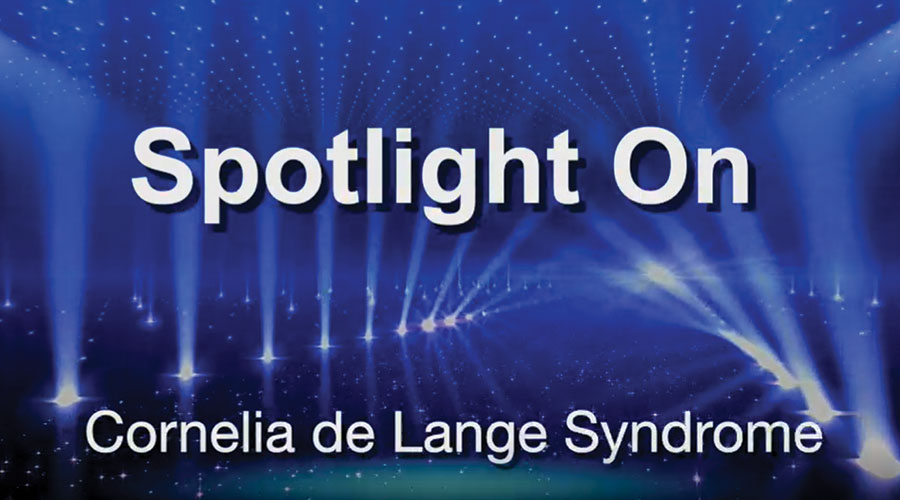Frequently Asked Questions
What is a syndrome?
Why is it called Cornelia de Lange Syndrome (CdLS)?
In 1933, Dutch pediatrician Dr. Cornelia de Lange described two children with similar features. The first child had pneumonia and feeding difficulties. She was very small for her age, with a proportionately smaller head circumference. Other unusual facial characteristics were noted by Dr. de Lange. Soon after, she saw a second little girl with common medical problems and physical characteristics. Nowhere was the puzzled physician able to find a similar patient described in the medical literature. Cornelia de Lange is now generally credited with describing the collection of symptoms comprising the syndrome that bears her name.
The syndrome is sometimes referred to as Brachmann-de Lange syndrome after Dr. W. Brachmann, who described a similar patient in 1916. Dr. de Lange may have overlooked his report because he concentrated on characteristics of the upper limbs and wrote on the facial symptoms less specifically.
How many people have CdLS?
The exact incidence is unclear, but it is thought to be approximately 1 in 10,000 live births. The CdLS Foundation serves over 3,800 people with the syndrome in the U.S.
What causes CdLS?
Researchers have identified seven separate genes (NIPBL, SMC1A, SMC3, HDAC8, RAD21, ANKRD11 and BRD4) that, when altered, cause CdLS. Go to the Genetic Information web page for additional information.
Is there a test for CdLS?
Yes. Go to the Genetics Information page to view information and scroll down to the list of labs that offer genetic testing for CdLS.
Can my child be tested? Can I be tested?
The first person to be tested in any family would be the individual with CdLS. Testing for changes in CdLS genes is complicated by the fact that the genes are very large. We use the analogy of reading a very long book (e.g. War and Peace) and looking for a single typographical error. You may read the whole book and miss the “typo,” however when you do find it then it is easy to test other family members (i.e. you know that the change is on page 875 in the second paragraph).
What are the long-term implications of gene discoveries?
Now that the basic causes of CdLS has been discovered, we can begin to understand how these changes result in the clinical differences seen in affected individuals. By studying how this occurs, researchers can understand the clinical problems that individuals with CdLS face on a very basic level. With time, we hope this results in better care for affected individuals.
What does a negative test result mean for my child?
In cases where the diagnosis is doubtful, it may contribute additional evidence against the diagnosis; however even in individuals with classic features of CdLS, gene mutations are not always found.
How can I raise awareness about CdLS and my loved one?
There are 30 million people in the United States living with a rare disease. Awareness is critical for so many reasons; chief among them is the need for children to be diagnosed as early as possible so they can receive the most appropriate treatment and care, ultimately improving quality of life. The medical community is key to providing this early diagnosis, and unfortunately, many professionals are in the dark when it comes to diagnosing and caring for their patients with CdLS and other rare disorders. The CdLS Foundation had an opportunity to short inspirational story of this little-known rare syndrome to a national audience. We invite our community to use this video to help you learn more about the syndrome and educate others as well.

